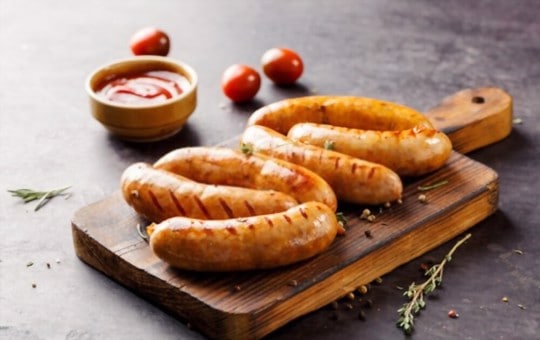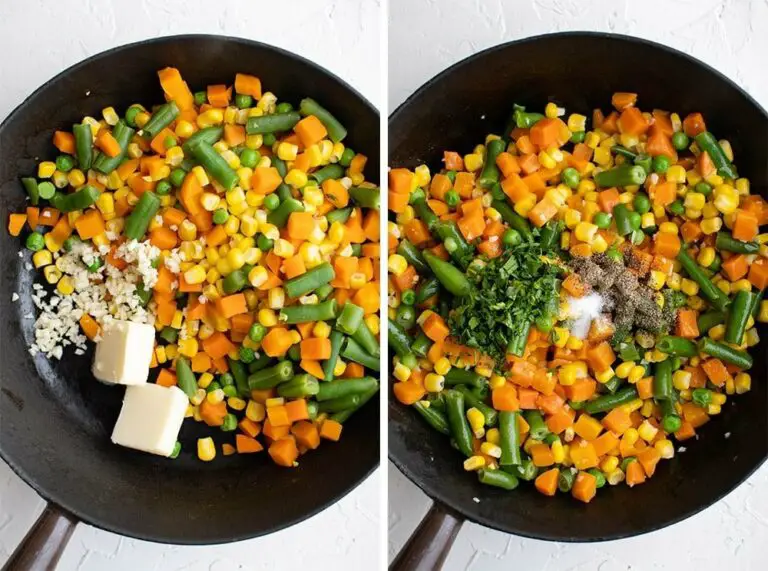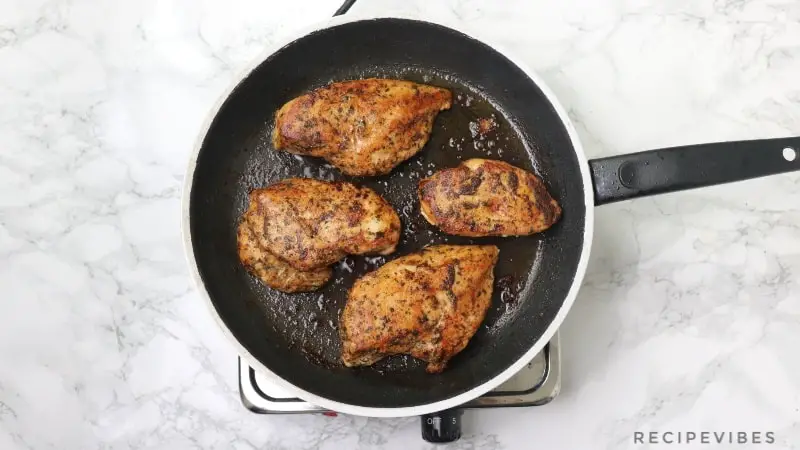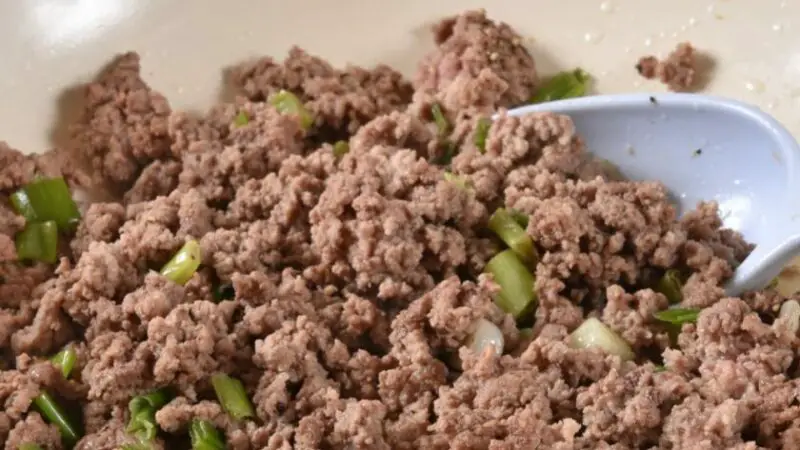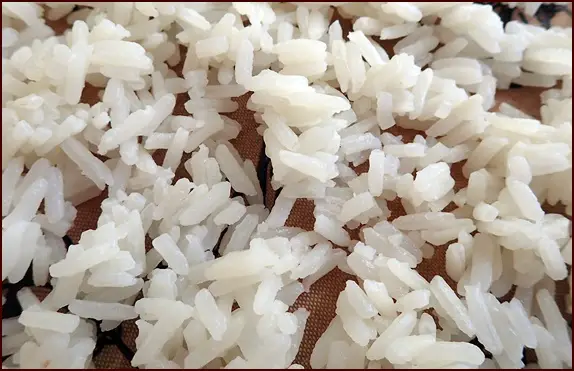Cold cooked sausages are a convenient, ready-to-eat snack that many people enjoy. But the question remains: is it safe to eat them cold? In this article, we will explore the benefits and pitfalls of eating cold cooked sausages, as well as the risks associated with consuming them. We’ll also provide best practices for storing cooked sausages, prevention methods for bacterial contamination, ways to reheat them safely, and how to determine if they are still safe to eat.
Benefits and Pitfalls of Eating Cold Cooked Sausages
Benefits
- Convenience: Cold cooked sausages make for an easy and quick snack or meal on-the-go.
- Retain flavor and texture: Some types of sausage actually taste better when consumed cold.
Pitfalls
- Preservation issues that make them unsafe to consume: Cooked sausages can easily spoil if not stored properly, which can lead to food poisoning.
- Risk of bacterial contamination: If cold cooked sausages are not stored at the proper temperature or exposed to clean surfaces during preparation, they can quickly develop harmful bacteria like Listeria monocytogenes, Salmonella, and E. coli.
Storing Cooked Sausages
Proper storage is key when it comes to keeping cooked sausages safe to eat. Here’s what you need to know:
- Keep refrigerated at all times.
- Store in air-tight containers or zipper bags designed for food storage.
- Maintain a consistent temperature below 40 °F (4°C) in the refrigerator.
- Different types of sausage have different shelf lives – read the label before buying.
It’s important to note that storing cooked sausages at room temperature or in temperatures above 40°F (4°C) can quickly lead to bacterial growth and spoilage.
Risks Associated with Consuming Cold Cooked Sausages
When consuming cold cooked sausages, there are a number of risks to consider:
- Exposure to bacteria present on the surface and in the interior part of the sausage that may cause food poisoning.
- Common bacteria like Listeria monocytogenes, Salmonella, and E. coli can affect the quality of the sausage and eventually harm human health.
- Symptoms commonly associated with these diseases include nausea, stomach cramps, vomiting, diarrhea, fever, and fatigue.
Prevention Methods for Bacterial Contamination
Luckily, there are several prevention methods you can use to avoid bacterial growth on your cooked sausages:
- Cook at high temperatures above 160°F (71°C) to kill harmful bacteria.
- Store cooked sausages properly using air-tight containers or zipper bags.
- Avoid exposure to unclean surfaces during preparation or cross-contamination with other raw meats.
Using these methods will help you avoid contamination and keep your cold cooked sausages safe to eat.
Ways To Reheat Cold Sausage Safely
If you want to heat up your cold cooked sausage before eating it, here’s what you need to do:
- Complete heating until its temperature reaches around 160°F/74°C.
- Some methods for reheating include boiling, frying, or microwaving.
It’s important to note that while a microwave may seem like the most convenient way to reheat your sausage quickly, it’s not always the safest option. Microwaves may not heat food evenly – leading some areas of the sausage remaining cold while others become too hot.
How to Determine If the Cold Sausage Is Safe to Eat
Before digging into that cold sausage from yesterday’s leftovers in your refrigerator – take a few minutes and do a quick assessment of its quality. You’ll want to examine three things: color, texture, and smell.
- Color: A fresh-cooked sausage should have an even color with no areas that look gray or green. If the sausage has white spots, this is a sign of mold and means it should be thrown away.
- Texture: A good quality cold cooked sausage will retain its texture and not feel slimy or dry to the touch.
- Smell: Use your nose! Does the sausage smell fresh, or does it have an unpleasant odor? Bad smells are usually an indication that food has spoiled and shouldn’t be eaten.
Conclusion
In conclusion, eating cold cooked sausages can be a convenient and delicious snack – but there are risks associated with consuming them. It’s important to store them properly, take precautions against bacterial contamination, reheat them safely if desired, and examine them before eating to ensure they are still safe. Following these guidelines should help keep you healthy while enjoying one of your favorite treats!
Q&A
Q: Can eating cold cooked sausages be harmful to my health?
A: Consuming cold cooked sausages is not inherently harmful, but there are certain risks associated with it. These include food poisoning caused by bacteria such as Listeria or Salmonella that may have contaminated the sausage during the cooking or storage process.
Q: How long can I safely keep cold cooked sausages in the fridge?
A: Cold cooked sausages can be stored in the refrigerator for up to four days. It’s important to make sure they are tightly sealed and kept at a temperature of 40°F (4°C) or lower to prevent bacterial growth.
Q: Can I reheat cold cooked sausages before eating them?
A: Yes, you can reheat cold cooked sausages if desired. However, be sure to heat them thoroughly and make sure they reach an internal temperature of 165°F (74°C) to kill any bacteria that may be present.
Q: Are all types of sausages safe to eat when cold?
A: Not all types of sausages are safe when eaten cold. Some varieties may contain harmful bacteria that could lead to foodborne illness. Always check labels and follow proper handling and cooking instructions for your specific type of sausage to ensure its safety.
